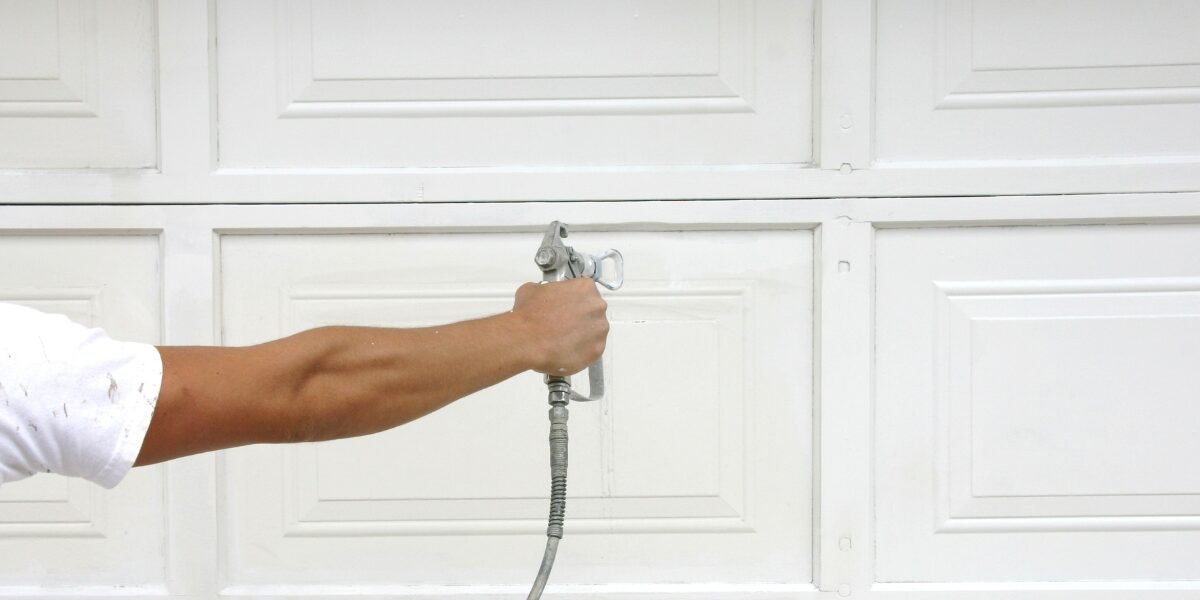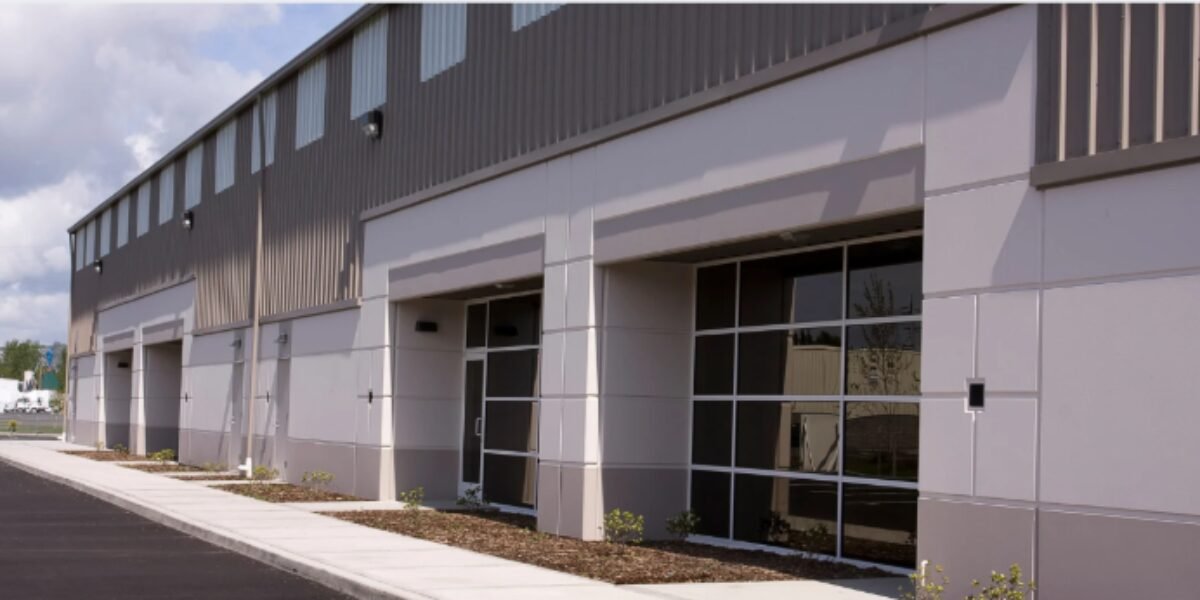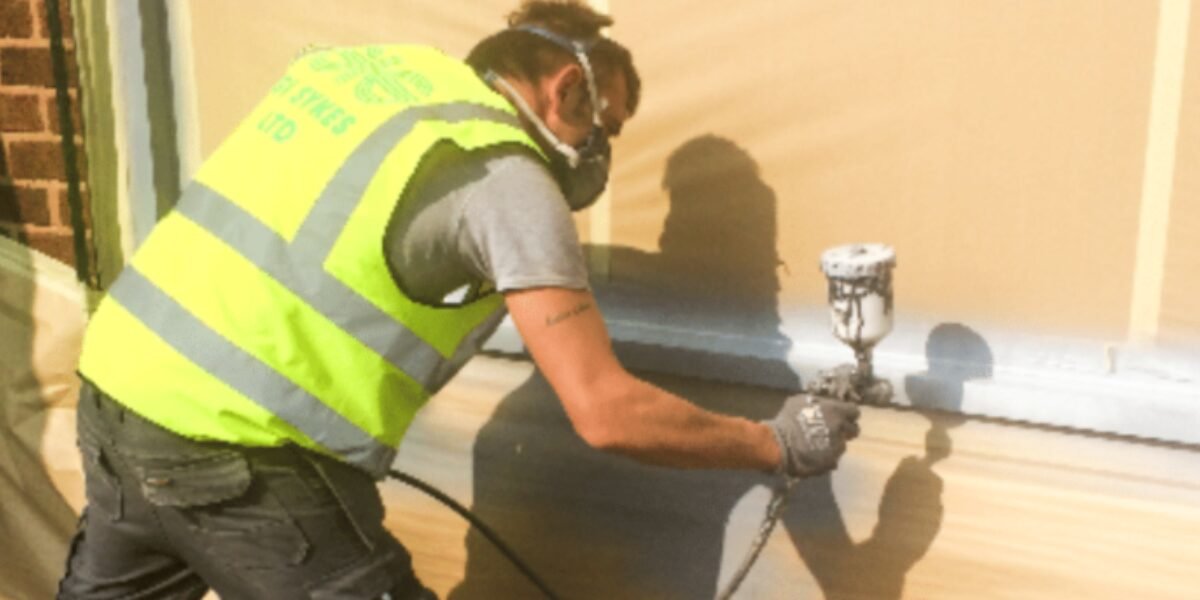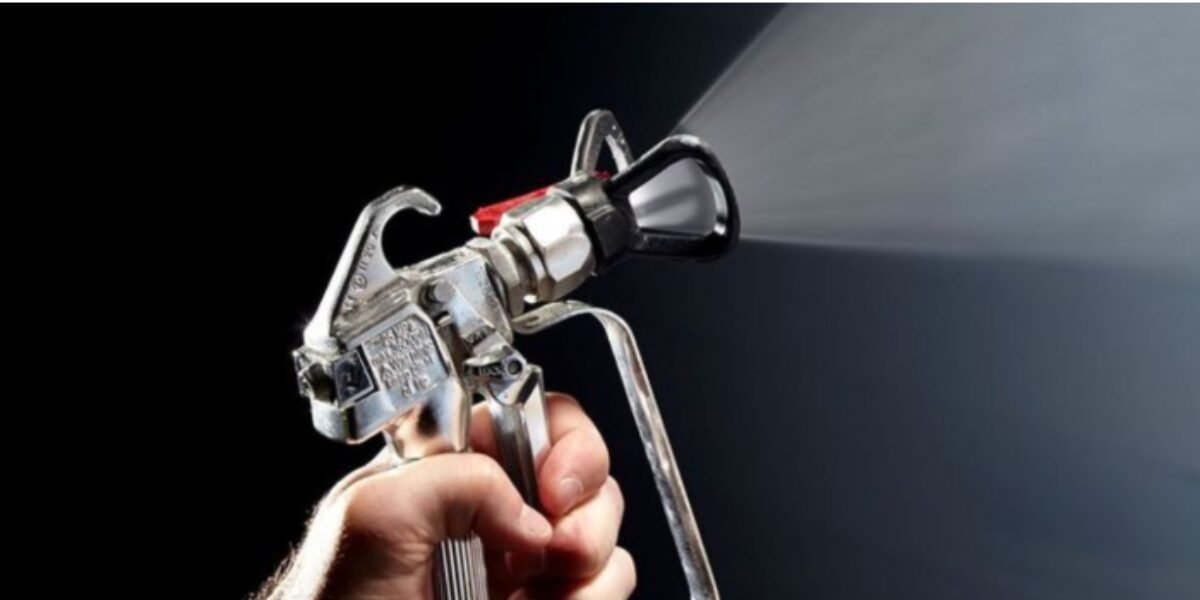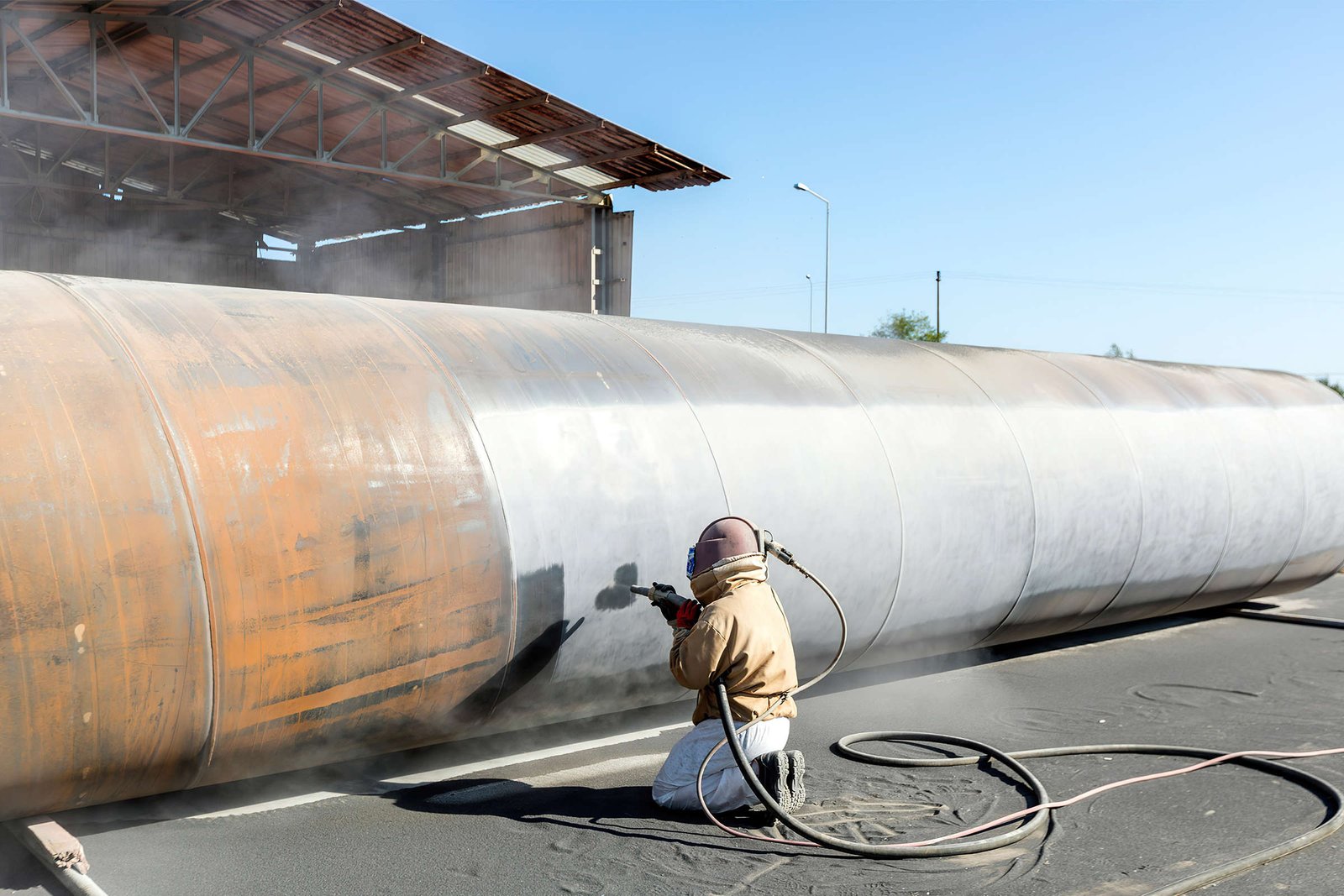Weather Considerations in Cladding Spray Painting: Ensuring Longevity and Aesthetics
Key Takeaways:
| Consideration | Description |
|---|---|
| Optimal Temperatures | Ensure surface and air temperatures are between 5°C and 10°C for prime conditions. |
| Humidity Management | Test the substrate for dampness; keep moisture levels below 5% for effective painting. |
| Weather Forecasting | Adapt project plans to account for variabilities in weather, especially sudden changes. |
| Material Selection | Use paints and materials designed for optimal performance under expected conditions. |
Introduction
In the world of commercial and industrial settings, the visual appeal and durability of buildings hold significant importance. One of the critical aspects contributing to this is cladding spray painting—an effective method to not only protect but also enhance the aesthetics of a structure. However, the success of this technique heavily relies on various environmental factors, particularly weather conditions. Understanding and accounting for the impact of weather elements can drastically influence the longevity and appeal of spray painting projects.
Section 1: Understanding Weather Impacts on Spray Painting
Weather plays a pivotal role in cladding spray painting, as it can either compromise or complement the paint application process. Primarily, temperature, humidity, and precipitation are the critical elements to monitor. For instance, too high or too low temperatures can affect the paint’s drying time and adherence properties, leading us to the discovery of the ideal conditions for such tasks.
Humidity, on the other hand, poses challenges to drying times and can introduce moisture into freshly applied paint, leading to issues like blistering or delamination. Rain or heavy precipitation can wash away wet paint or hinder its curing process, rendering the coating less effective and reducing its lifespan.
In managing these factors, it’s essential to employ data-driven strategies, such as closely monitoring weather forecasts and adjusting project timelines accordingly.
Section 2: The Optimal Temperature Range for Cladding Spray Painting
The optimal temperature range for spray painting plays a crucial role in the outcome of a project. Industry standards suggest that a range between 5°C and 10°C ideally suits the application of most cladding paints, as it ensures proper adhesion and drying. Working within these parameters can significantly reduce the risk of common issues such as uneven coating, prolonged drying periods, or paint failing to set correctly on the cladding surface.
Painting outside these recommended temperatures can lead to several problems. For example, painting in temperatures below 5°C might not only slow down the drying process but also lead to the paint not adhering properly to the surface. Conversely, high temperatures can cause the paint to dry too rapidly, leading to an uneven finish that might not provide adequate protection or the desired aesthetics.

Section 3: Dealing with Humidity and Moisture
Humidity and moisture can be as impactful as temperature on the quality of cladding spray painting. High levels of humidity can prevent paint from drying effectively, increasing the likelihood of drips or an unsatisfactory finish. Additionally, painting on a damp substrate can trap moisture beneath the paint layer, leading to issues such as blistering or peeling over time.
To manage these challenges, it’s crucial to conduct thorough moisture level checks on the substrate before painting begins. Ensuring the surface is dry and selecting moisture-resistant materials and paints can significantly mitigate potential issues. Certain paints are designed to be more tolerant to humidity, providing a robust solution in climates where humidity control is a concern.
Section 4: Best Practices for Spray Painting in Various Weather Conditions
While weather conditions can vary, adopting a flexible approach to spray painting can help mitigate risks and ensure quality results. This involves not only selecting the right time of year for the project but also being prepared to adjust schedules based on short-term weather forecasts.
Using coatings suited to the expected weather conditions and applying protective measures against unforeseen changes are vital. For example, quick-drying paints might be the best choice in areas prone to sudden rain, while more breathable options could be beneficial in high humidity environments.
Section 5: Case Studies
Real-world applications offer valuable insights into managing weather considerations in cladding spray painting. For instance, a project undertaken in a coastal area faced challenges with high humidity and salt spray. By selecting an appropriate coating system and closely monitoring weather patterns, the project was completed successfully, withstanding the harsh environmental conditions and maintaining its aesthetic appeal.
Section 6: Conclusion
In conclusion, weather considerations are paramount in ensuring the longevity and aesthetics of cladding spray painting projects. By understanding and adapting to environmental factors such as temperature, humidity, and precipitation, it is possible to achieve outcomes that not only look visually pleasing but also endure over time.
For those looking to delve deeper or inquire about spray painting services tailored to their specific needs, further information and professional guidance are available at Commercial Spraypainting Main Page and through direct Contact Us. Our expertise and commitment to quality ensure your projects shine, regardless of the weather.


